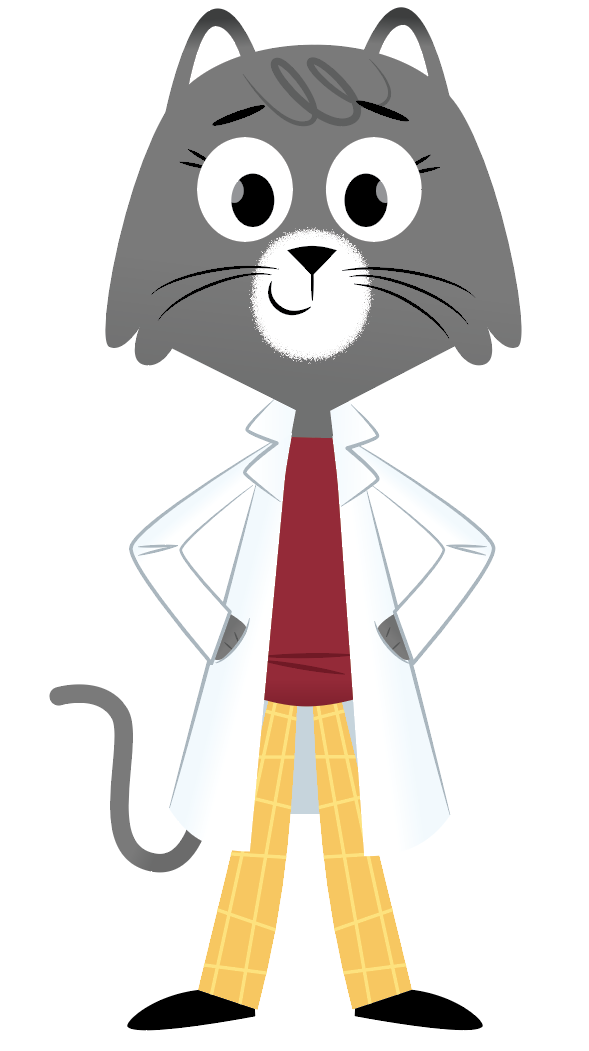Dear Etta and Friends:
You can try all kinds of fun experiments at home. It really all depends on what you are curious about. Lately, I’ve seen some really great sunsets and started wondering what gives them their colors.
I decided to ask my friend Tom Johnson, who leads fun physics demonstrations for kids visiting Washington State University. I asked him if he had any simple ideas for an experiment I could try out in my lab, or even the kitchen. One idea he had was to create a sunset in a cup.
Maybe you can try it, too. You’ll need a flashlight, a transparent cup or two, water, and some milk. We cats have a reputation for liking milk. But it really isn’t so great for our digestion. So instead, I like to use it for science.
 Once you’ve collected all your supplies, you’ll want to fill your glass about 2/3 of the way with water. Then, you’ll want to add milk until the liquid gets pretty cloudy. Be sure and stir it up well.
Once you’ve collected all your supplies, you’ll want to fill your glass about 2/3 of the way with water. Then, you’ll want to add milk until the liquid gets pretty cloudy. Be sure and stir it up well.
Turn on your flashlight and turn down any other lights in the room. Now you can shine the flashlight down into the water and look through the side of the glass. What color do you see?
This time, shine the flashlight through the side of the glass while looking at it from the opposite side. Any changes? Then hold your glass up off the table. Shine the flashlight up through the bottom of the glass and look down into the liquid. What colors can you see now? Perhaps the colors are looking more like those you’d see during a sunset.
Milk in the water scatters the light from the flashlight. It’s similar to the way different molecules and dust in our atmosphere scatter light from the sun.
Light travels from one end of the glass to the other and then up to your eyes. The further the light has to travel through the water, the more blue light gets scattered. That leaves more red light for your eyes to pick up.
Now that we’ve started to get an idea of how light scatters, runs into particles, and travels long distances, you can really get to experimenting.
What happens when you use less or more milk? Will you see any changes if you use a different kind of flashlight, like an LED? What kind of milk gives off more orange or reddish colors? Two percent? Whole milk?
Does the shape of the glass change anything? Why do you think that might be? Make a prediction and give it a try sometime. I’d love to hear more about your experiments and how your own sunset in a cup turns out. E-mail: Dr.Universe@wsu.edu.
Sincerely,
Dr. Universe
ABOUT ASK DR. UNIVERSE
- Ask Dr. Universe connects K-8 students with researchers at Washington State University through Q&A. Students can submit science questions on the ASK page.
- Are you a teacher, parent, or curious grown-up? Follow along on Twitter or Facebook.
- Do you want to reprint this Q&A? Just send a message to Dr.Universe@wsu.edu.